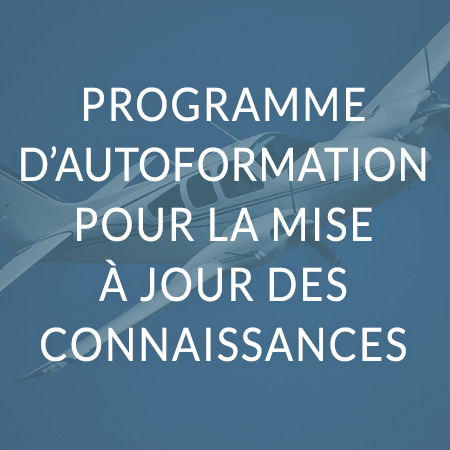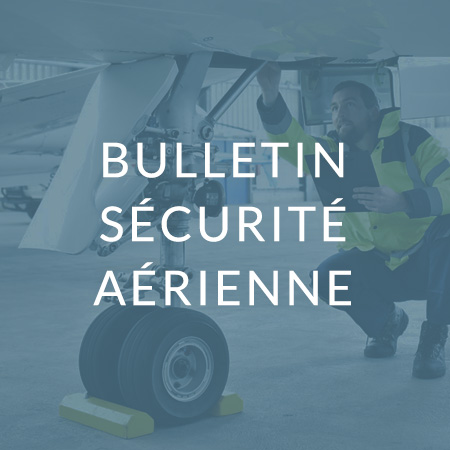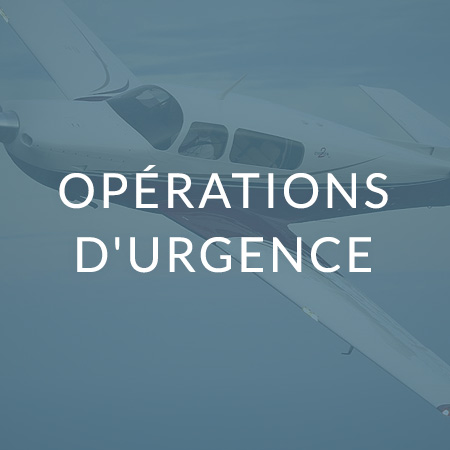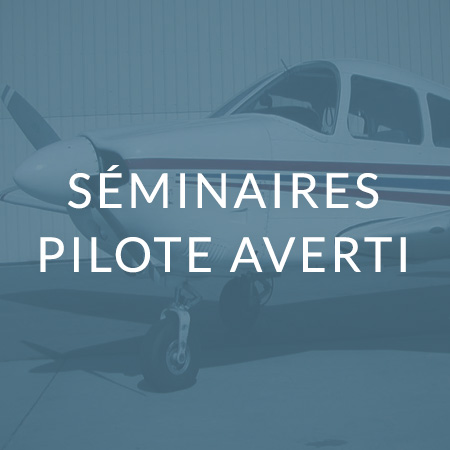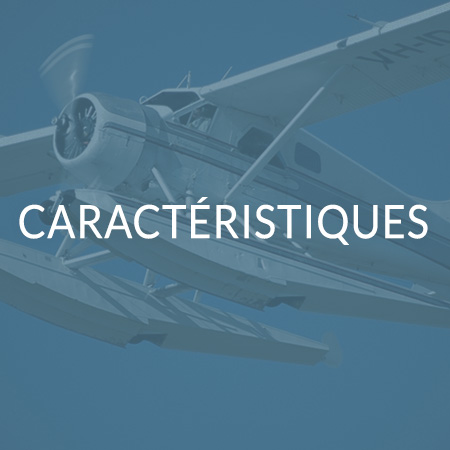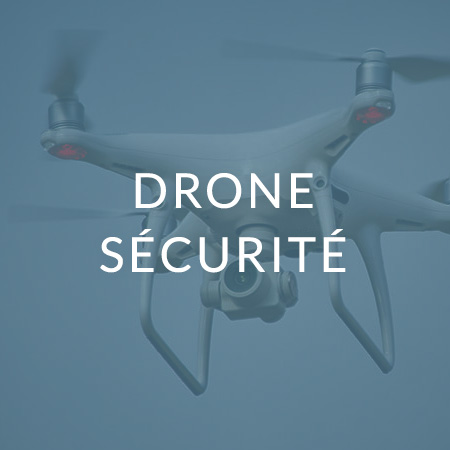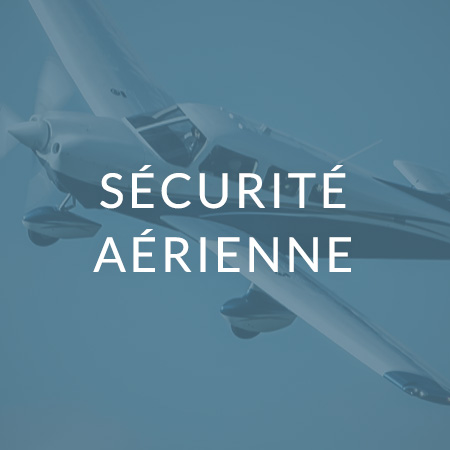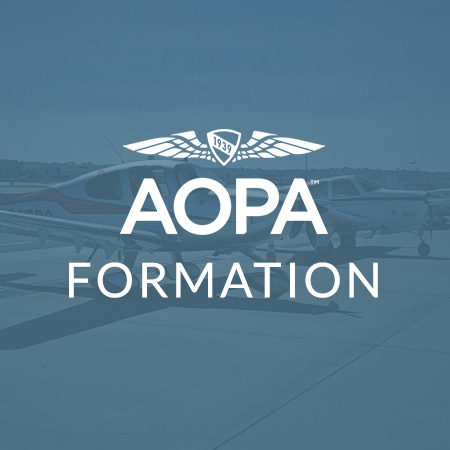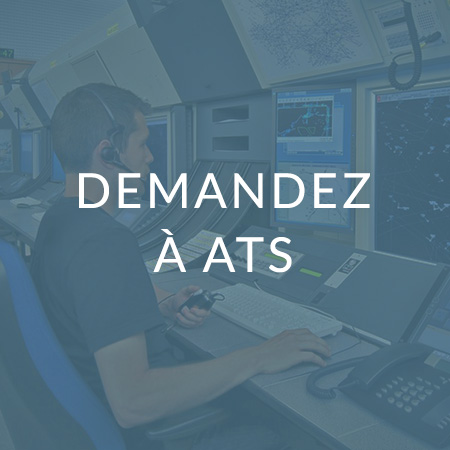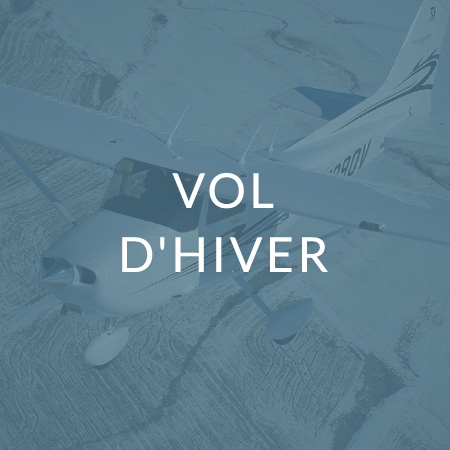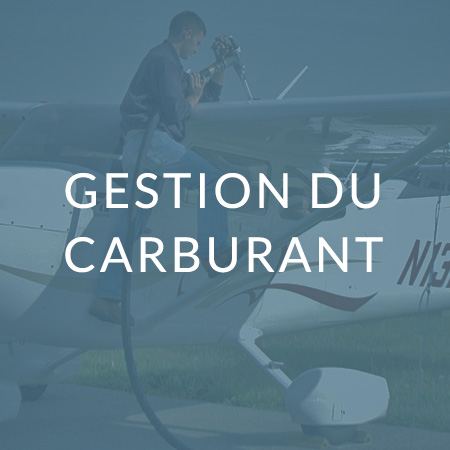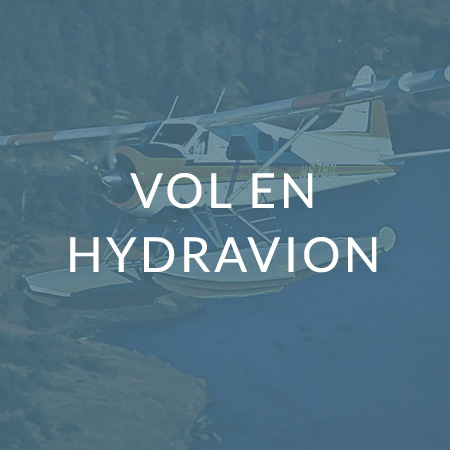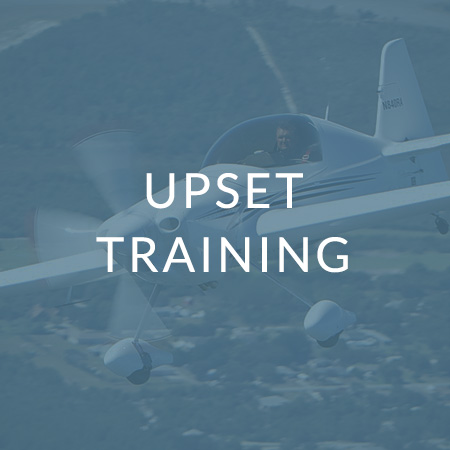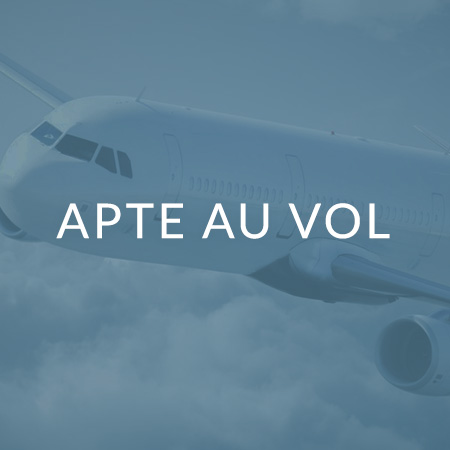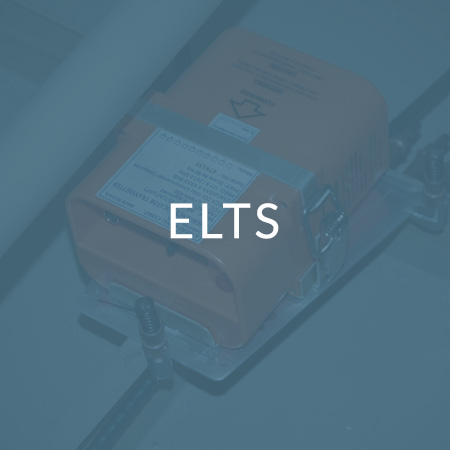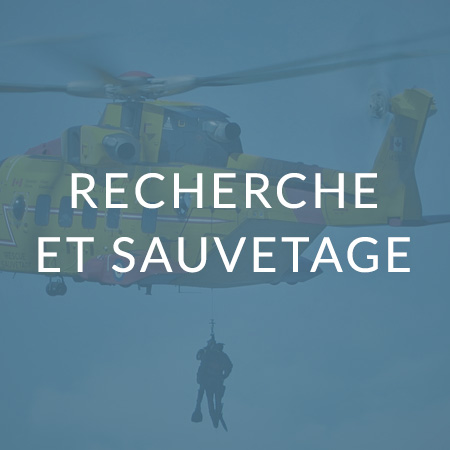Overweight & Rushed
Seneca Loss of Control
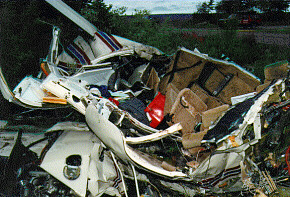 Witnesses who saw the fatal takeoff described the takeoff run as long; the aircraft looked slow and mushy; the wings were rocking immediately after lift-off; and it wavered from side to side before banking steeply into the ground.
Witnesses who saw the fatal takeoff described the takeoff run as long; the aircraft looked slow and mushy; the wings were rocking immediately after lift-off; and it wavered from side to side before banking steeply into the ground.
Would-be rescuers arrived at the scene within seconds but found no survivors among the four on board. The TSB accident report (A95W0153) records the aircraft as being 400 pounds (eight percent) overweight; the landing gear was down at impact; and the nose baggage door was open.
The Seneca III forward baggage door is located on the left side of the nose, is hinged at the top and opens upward. The door is secured in the CLOSED position by rotating the spring-loaded hatch handle 90 degrees clockwise to the horizontal position. This extends two pins into the doorframe. The key lock is then rotated 90 degrees clockwise to the LOCKED position, and the key is removed from the lock. If the key can be removed at other than the fully locked position, lock and key must be replaced.
A one-time Airworthiness Directives and Piper Service Bulletin requiring inspection of the forward baggage door had been complied with seven years earlier. In addition, one month before the accident, the 100-hours inspection of the door hinges, latches and locks had also been signed off as completed. Yet the investigators' examination found the key and lock tumblers were so worn that the key could be removed in any position. The aircraft was not equipped with a "Door Open" warning light.
The pilot/owner had been observed arguing with one of the passengers, a company employee, before departure. His construction project was behind schedule and four other employees had taken the day off. His distressed emotional state likely affected his pre-flight checks and handling of the aircraft. He may have deliberately maintained a low airspeed to keep the airload from ripping the door away from the airframe. With the added drag of the forgotten landing gear and a higher stalling speed because of his overweight condition, the pilot stalled the aircraft at low altitude. Recovery was impossible.
Sudden opening of the door during takeoff would have been unexpected and visually distracting. The noise level, flight control feedback, possible airframe vibration and increased drag further diverted the pilot's attention from his primary job — flying the aircraft.
Originally Published: ASL 1/1997
Original Article: Seneca Loss of Control





